As I explained in the post Some implications of the new modular setup of Visual Studio 2017 for VSX developers, Visual Studio 2017 has changed all that you knew about installations of Visual Studio. In this episode of Channel 9, Art Leonard explains to Robert Green the internals of this re-architecture of Visual Studio:
The use of a private registry file causes that if you want to know programmatically the installed editions of Visual Studio 2017, the old approaches don’t work. For example, my article HOWTO: Detect installed Visual Studio editions, packages or service packs is now obsolete.
Fortunately, Microsoft provides a new Setup API to query the installed editions of Visual Studio 2017 or the highest VSIXInstaller.exe, along with sample code and utilities:
Visual Studio Setup Configuration Samples
Microsoft/vs-setup-samples
“This is a sample in various programming languages that demonstrates how developers can use the new Visual Studio setup query API. The included samples show how to use the new setup configuration API for discovering instances of Visual Studio 2017”.
Visual Studio Locator
Microsoft/vswhere
“Over the years Visual Studio could be discovered using registry keys, but with recent changes to the deployment and extensibility models a new method is needed to discover possibly more than once installed instance. These changes facilitate a smaller, faster default install complimented by on-demand install of other workloads and components. vswhere is designed to be a redistributable, single-file executable that can be used in build or deployment scripts to find where Visual Studio – or other products in the Visual Studio family – is located.”
Visual Studio Setup PowerShell Module
Microsoft/vssetup.powershell
“This PowerShell module contains cmdlets to query instances of Visual Studio 2017 and newer. It also serves as a more useful sample of using the Setup Configuration APIs than the previously published samples though those also have samples using VB and VC++.”
VSIX Installer Bootstrapper
Microsoft/vsixbootstrapper
“An installer that can be chained with other packages to locate the latest VSIXInstaller.exe to use for installing VSIX extensions. One of the great new features of Visual Studio 2017 is an initial smaller and fast install. To compliment a smaller – but powerful – initial feature set, installing additional workloads and components on-demand is supported for both end users and package developers. Package developers can install their VSIX extensions for Visual Studio using this bootstrapper to find the latest version of VSIXInstaller.exe and install their extension(s). This may be preferable for extensions that support Visual Studio 2017 or newer than installing extensions in Windows Installer .msi packages, since MSIs cannot run concurrently in separate processes. Other deployments may also benefit since they no longer have to find where VSIXInstaller.exe is installed. The command line passed to VSIXBootstrapper.exe is passed through to VSIXInstaller.exe.”
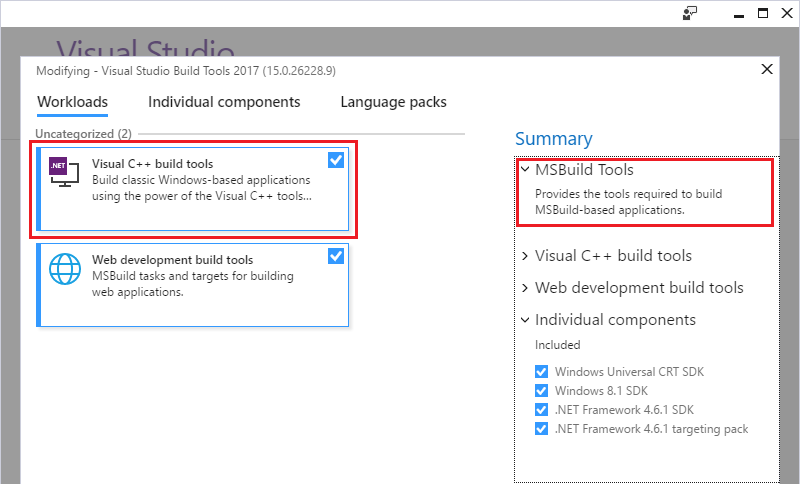
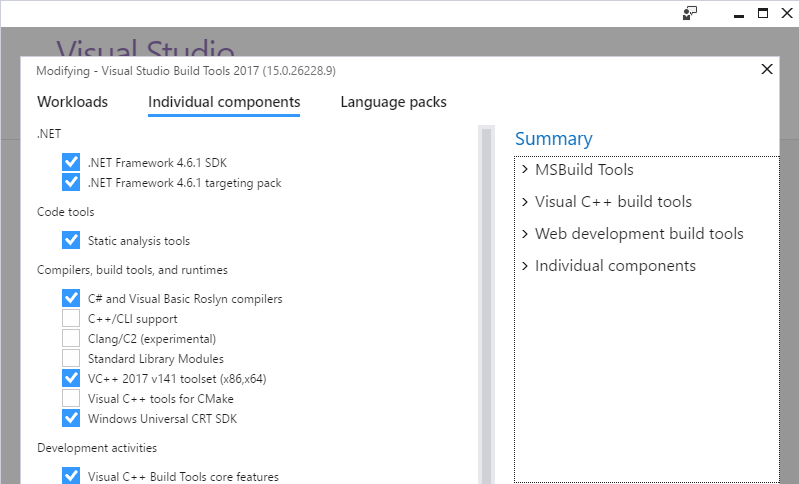
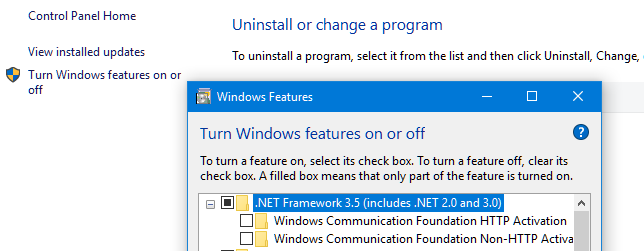
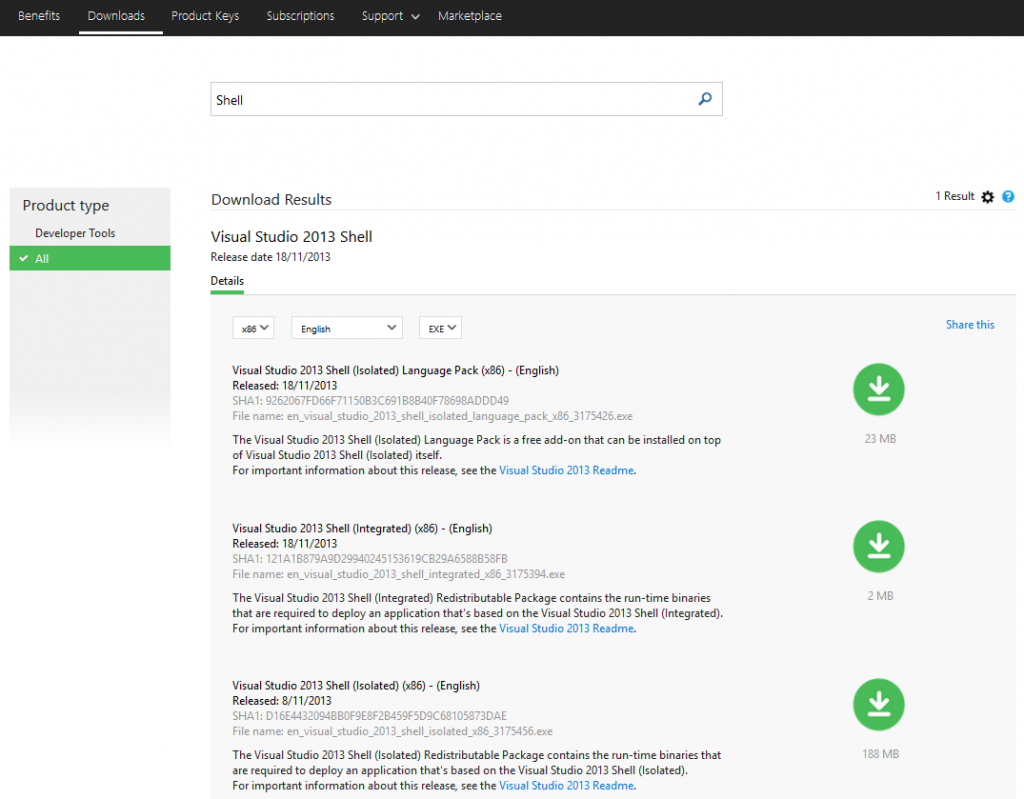
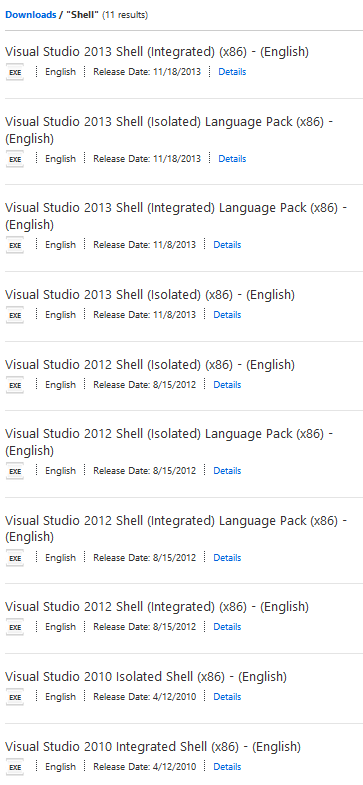
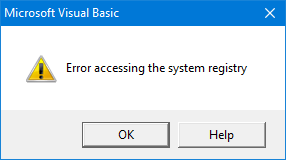

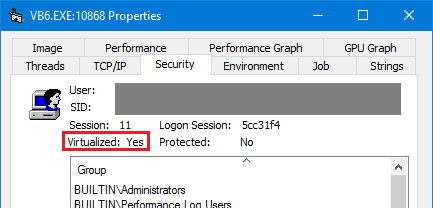

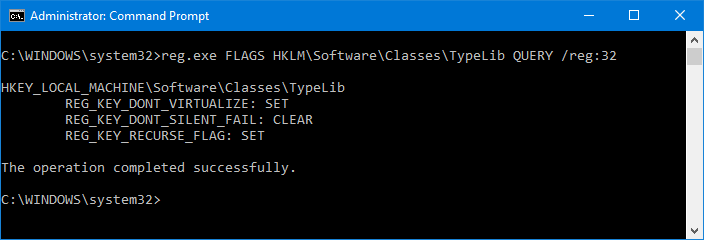 To clear that flag I executed the following, that clears the DONT_VIRTUALIZED flag but keeps set the RECURSE_FLAG as before:
To clear that flag I executed the following, that clears the DONT_VIRTUALIZED flag but keeps set the RECURSE_FLAG as before:
